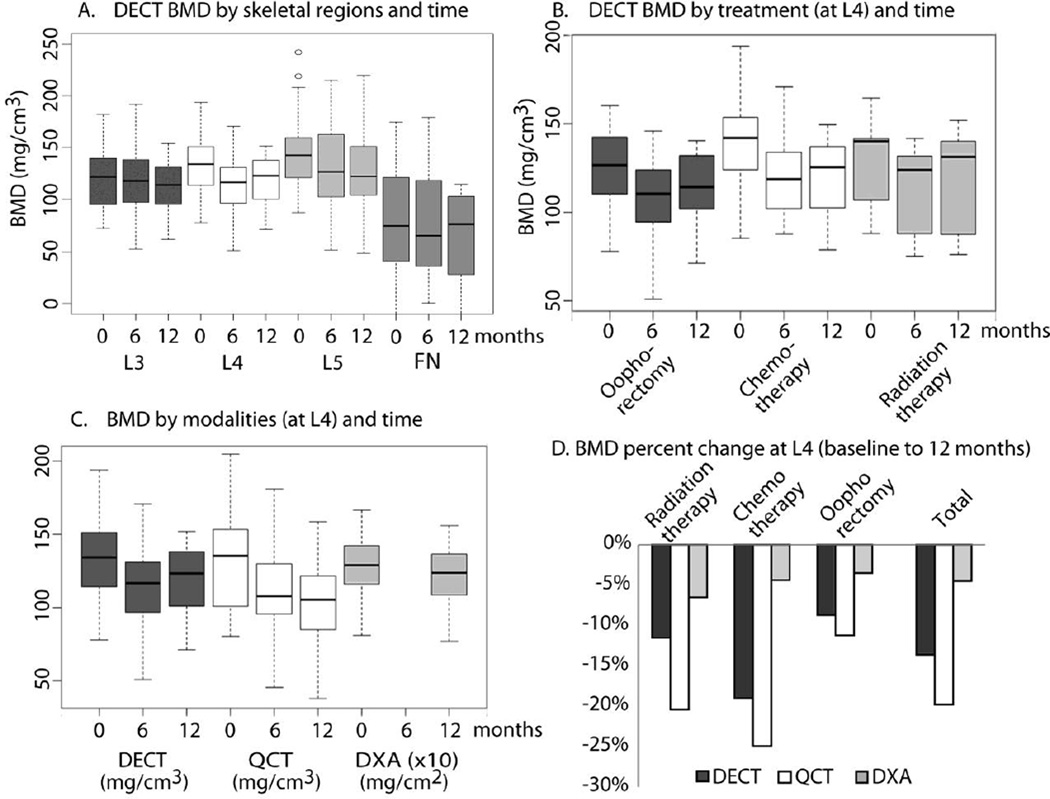Figure 5. (Sensitivity): BMD changes measured by different techniques.
A. DECT BMD by skeletal regions and time: Regions differed in mean BMD at baseline (p<0.001); L4 was higher by 12 mg/cm3 and L5 by 25 mg/cm3 relative to L3. BMD in all regions decreased over time (p<0.02), and change varied by region (time × region interaction p=0.03).The 12 month decrease in BMD was 7 mg/cm3 at L3, 14 mg/cm3 at L4, and 13 mg/cm3 at L5. FN was lower by 47 mg/cm3. B. DECT BMD by treatment (at L4) and time: Mean BMD measured by DECT at L4 did not vary at baseline based on treatment (p=0.42). Chemotherapy decreased BMD by 23 mg/cm3 (p=0.01) from 0 to 12 months. Radiation decreased BMD by 10 mg/cm3 (p=0.09) from 0 to 12 months, and was lowest at 6 months. Oophorectomy decreased BMD by 8 mg/cm3 from 0 to 12 months (p=0.24) and was lowest at 6 months. A similar pattern was seen at L5. Mean BMD decrease from baseline to 12 months was 3 mg/cm3 for oophorectomy (p=0.52), 26 mg/cm3 for chemotherapy (p=0.01), and 13 mg/cm3 for radiation (p=0.44). C &D. BMD by modalities (at L4) and time: The median per patient BMD percent decrease was 14% for DECT, 20% for QCT, and 5% for DXA (p<0.002 for all). The degree of decrease was larger in patients treated with chemotherapy or radiation compared to oophorectomy, and was statistically significant for QCT (p=0.01), but not DECT (p=0.16) or DXA (p=0.29). Note: left figure (6c) shows absolute measurement and right figure (6 d) shows relative change in BMD between baseline and 12 months.

